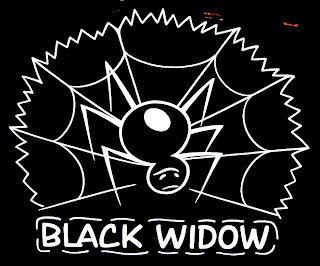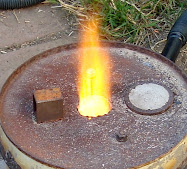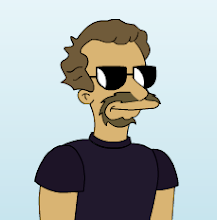Yet another Troy Ladd sighting on May 28th, this time at The Petersen Automotive Museum. He, the designer of the original Monogram model kit Rodger Harney, and Micheal Feinstein, the creator/financier of the full-scale hot rod model project were all on hand for a box kit signing with a question & answer secession.
There were limited number of the newly reissued 1960 Black Widow 1/24 scale kits to buy, and people were clambering to get their hands on them for $30 a pop, proceeds went to the museum.
| The Black Widow Team garage shirts. |
During the Q&A, I asked what challenges Troy and his shop had in building this up-scale scale-model and make it a running, driving, real hot rod. He said, "It was about making it true to the original kit." He went on to say,"Parts were also a challenge to find.".
| Original box, model, and dealer sales display. |
I visited Hollywood Hot Rods during the construction of the 1926 Model T, and I have to say it looked as good unpainted and unchromed then it does finished now. HHR had to make the left side panel, the one directly behind the door, because of a lack of good vintage ones. Plus there were numerous other hand made parts. And everything had to be massaged to better then factory condition in order to get a best final outcome.
Troy said, "Going off the original model, some of the proportion of the stock car had to be modified." They stretched the frame 2" to get it closer to the look of the scale-model.
Rodger Harney, who was on the original Monogram design team in '58/'59 says, "We used popular car magazines of the time because we wanted the best look.", "We didn't have an actual car to measure from and scale wasn't the biggest concern." Which might explain the longer then normal chassis length.
| Left to right; Troy Ladd, Michael Fienstein, Rodger Harney |
After a short Q&A, Troy, Michael, and Rodger sat down for box signing. Not to be left out, I had them sign one for me.
As you can see, the box differs from the 1960 issue. But designer Rodger Harney says the model kit it true to the original, only the tires differ from the '60 version.







